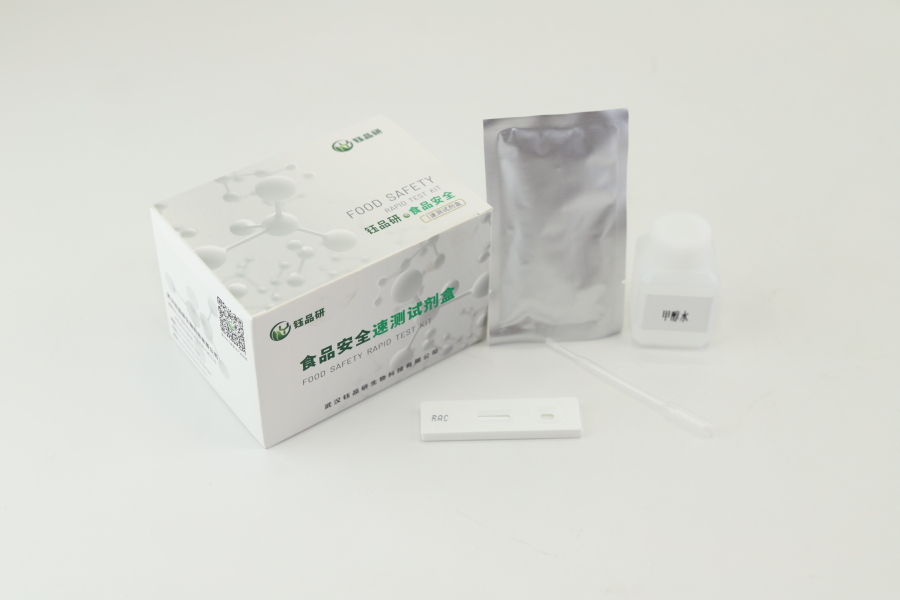Ginger is a common seasoning on the table, and its safety has always been a concern. As a high-efficiency neonicotinoid insecticide, thiamethoxam is often used to control aphids, thrips and other pests in ginger cultivation. Although it can increase yield, excessive use may lead to excessive pesticide residues and threaten human health. Traditional pesticide residue detection methods often require professional equipment and complex operations, which take a long time and are difficult to meet the needs of rapid screening. At this time, thiamethoxam pesticide colloidal gold rapid detection card in ginger has become an important detection tool.
This detection card is developed based on the principle of colloidal gold immunochromatography. The core is to label the thiamethoxam antibody with colloidal gold particles. When the detection sample (such as ginger extract) passes the detection line, if thiamethoxam is present in the sample, it will bind to the colloidal gold-labeled antibody to form a complex, preventing it from binding to the thiamethoxam-carrier protein on the detection line, so that the detection line does not show color; conversely, if there is no thiamethoxam in the sample or the content is lower than the detection limit, the detection line will show color. By comparing with the quality control line, the residue of thiamethoxam in the sample can be quickly determined. The entire detection process usually only takes 10-15 minutes and can be operated without professional training.
In practical applications, the test card is widely used in agricultural production bases for rapid sampling in the field, ginger product screening in farmers markets and supermarkets, and raw material acceptance in food processing plants. It can not only help regulators detect substandard products in a timely manner and ensure the "safety on the tip of the tongue" of consumers, but also provide quality control basis for ginger growers and processing enterprises to promote the standardized development of the ginger industry. With the improvement of people's awareness of food safety, such rapid detection tools will play an increasingly important role in safeguarding the quality and safety of agricultural products.


